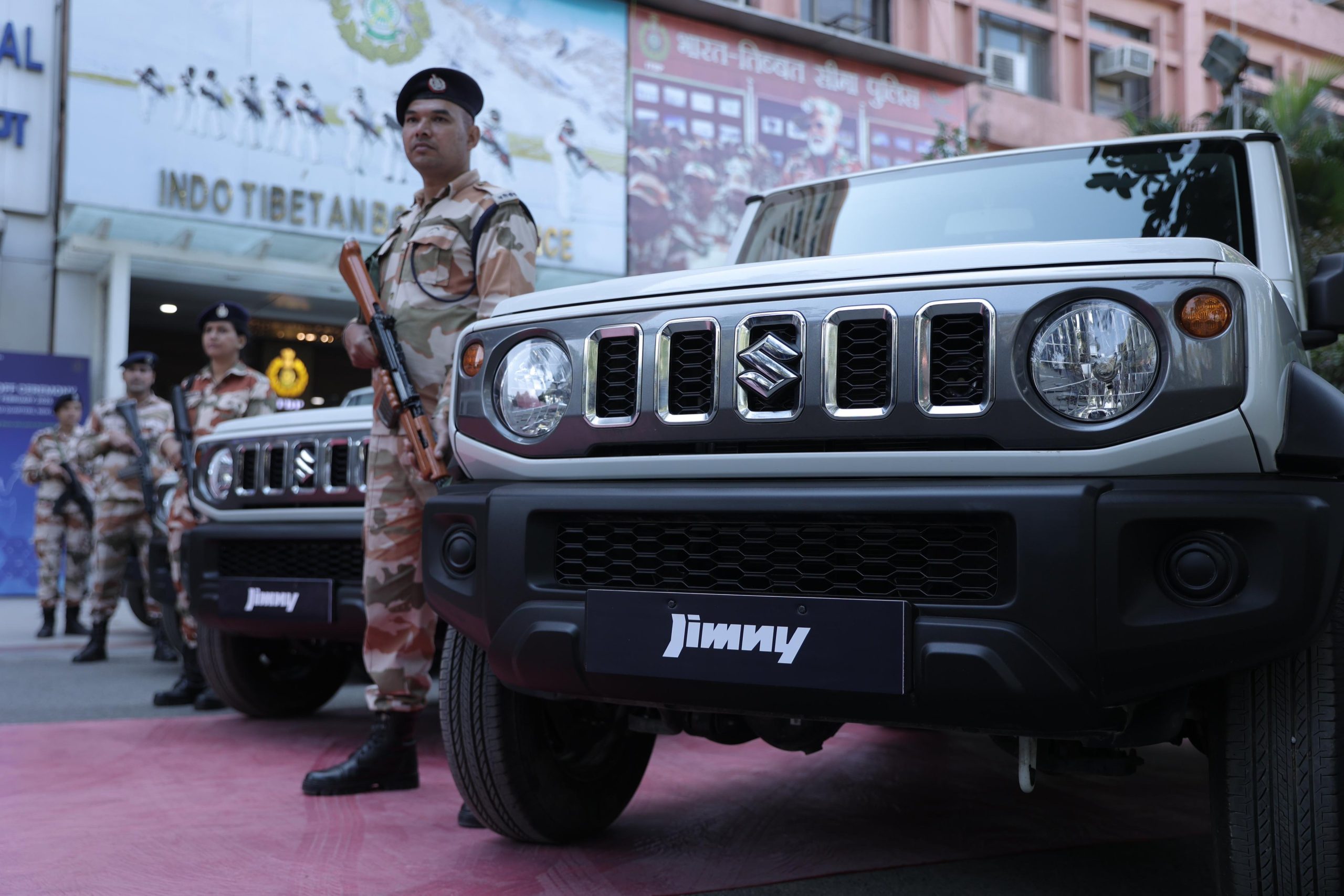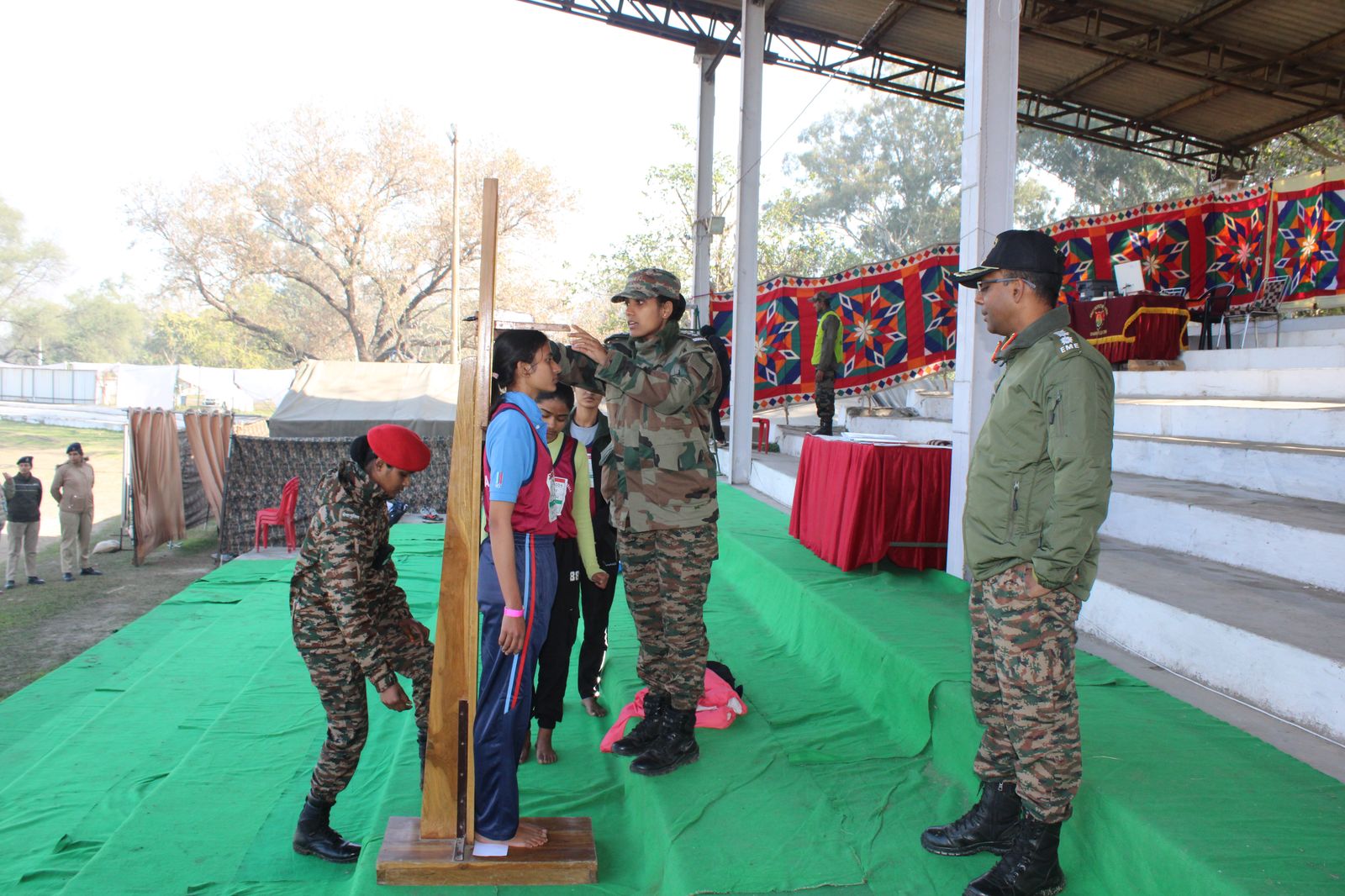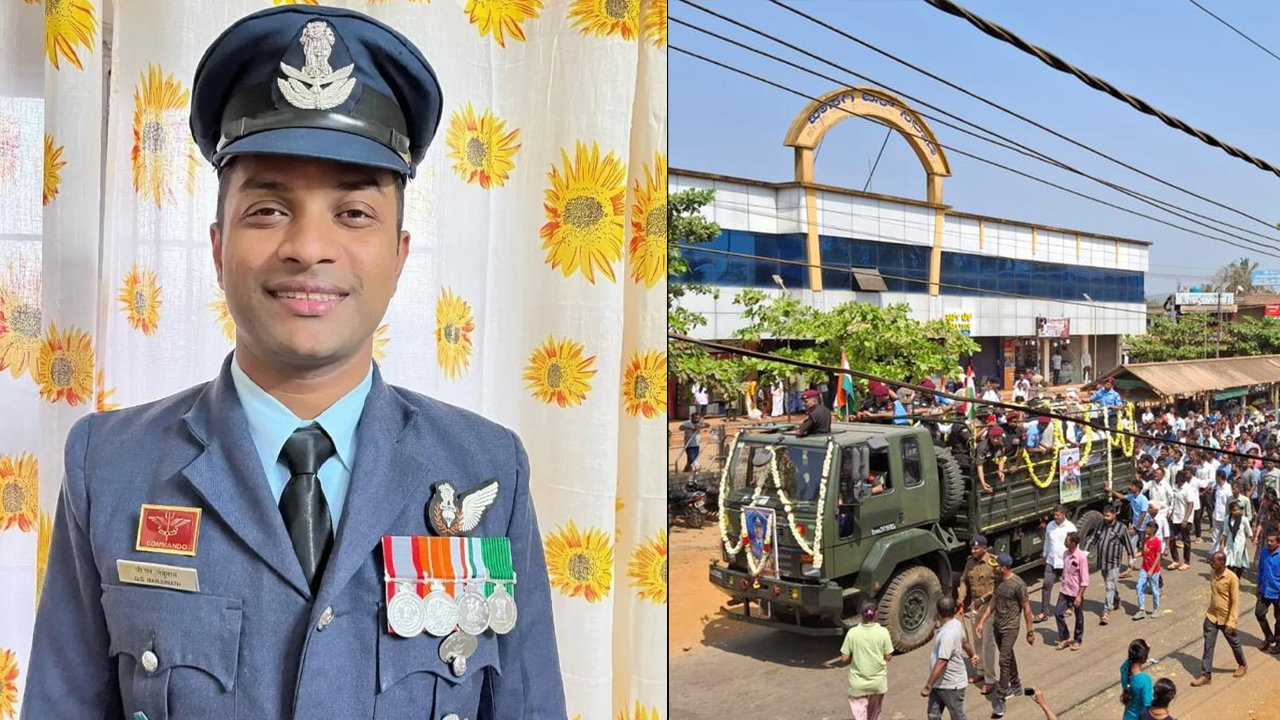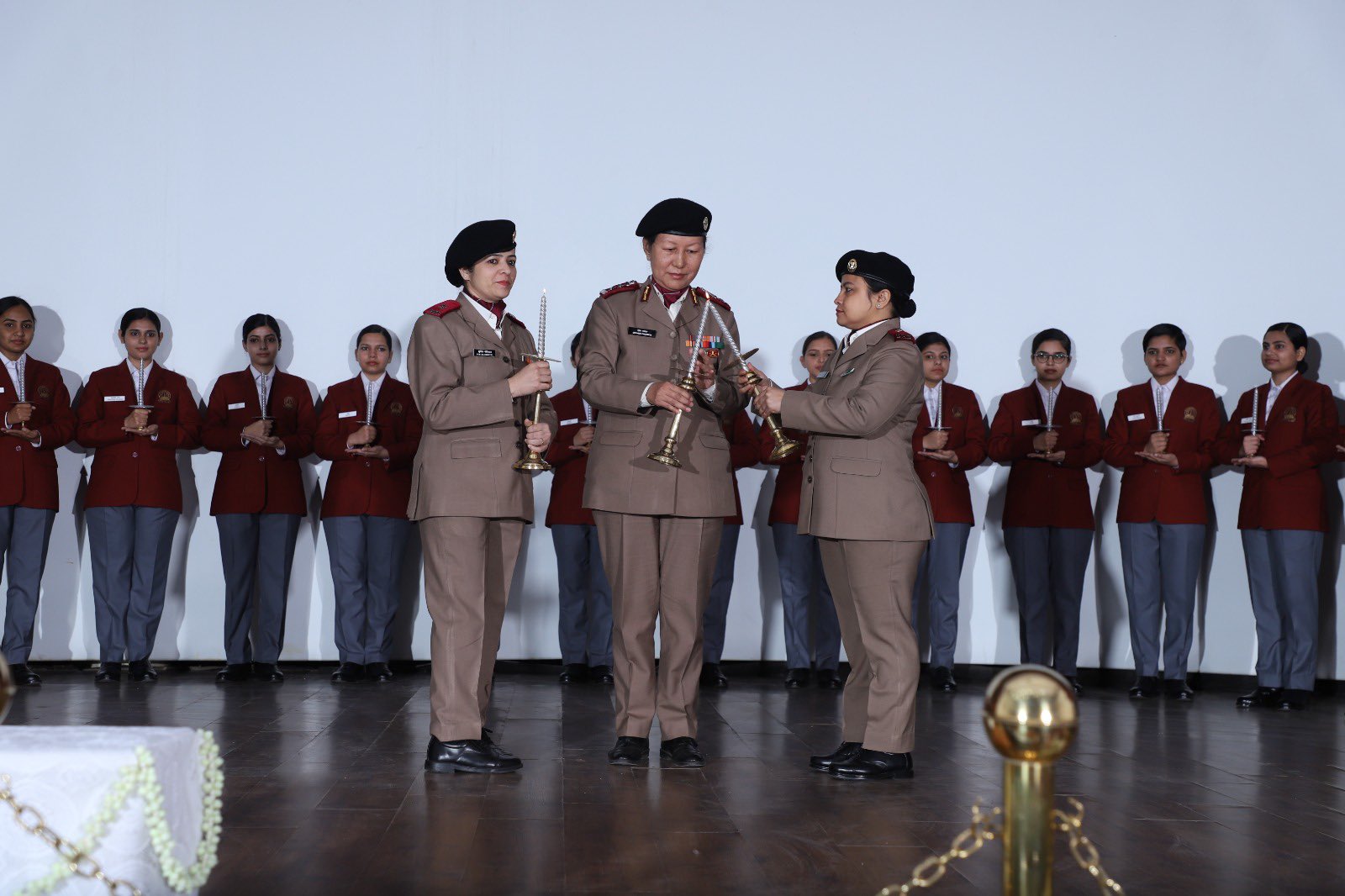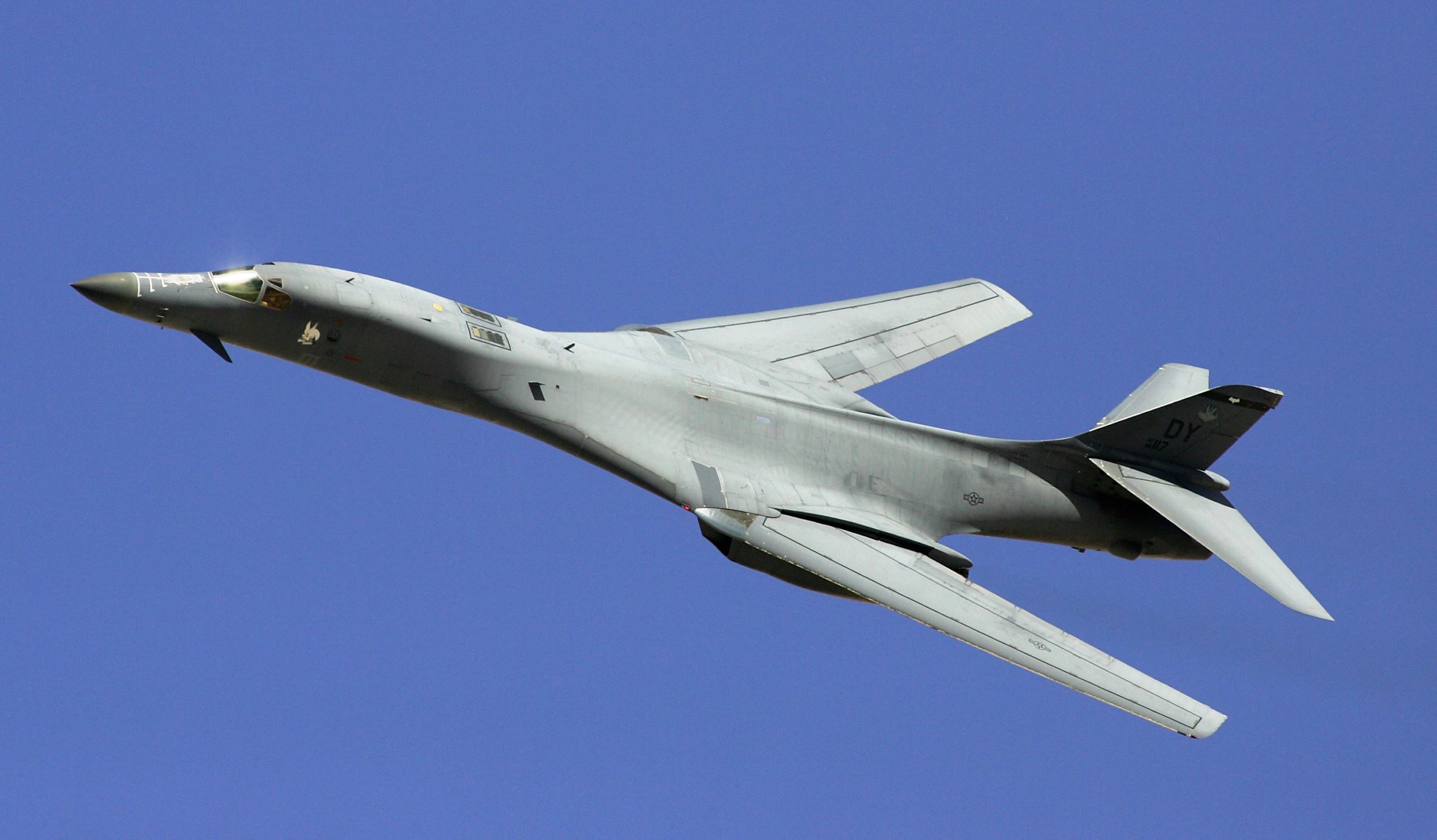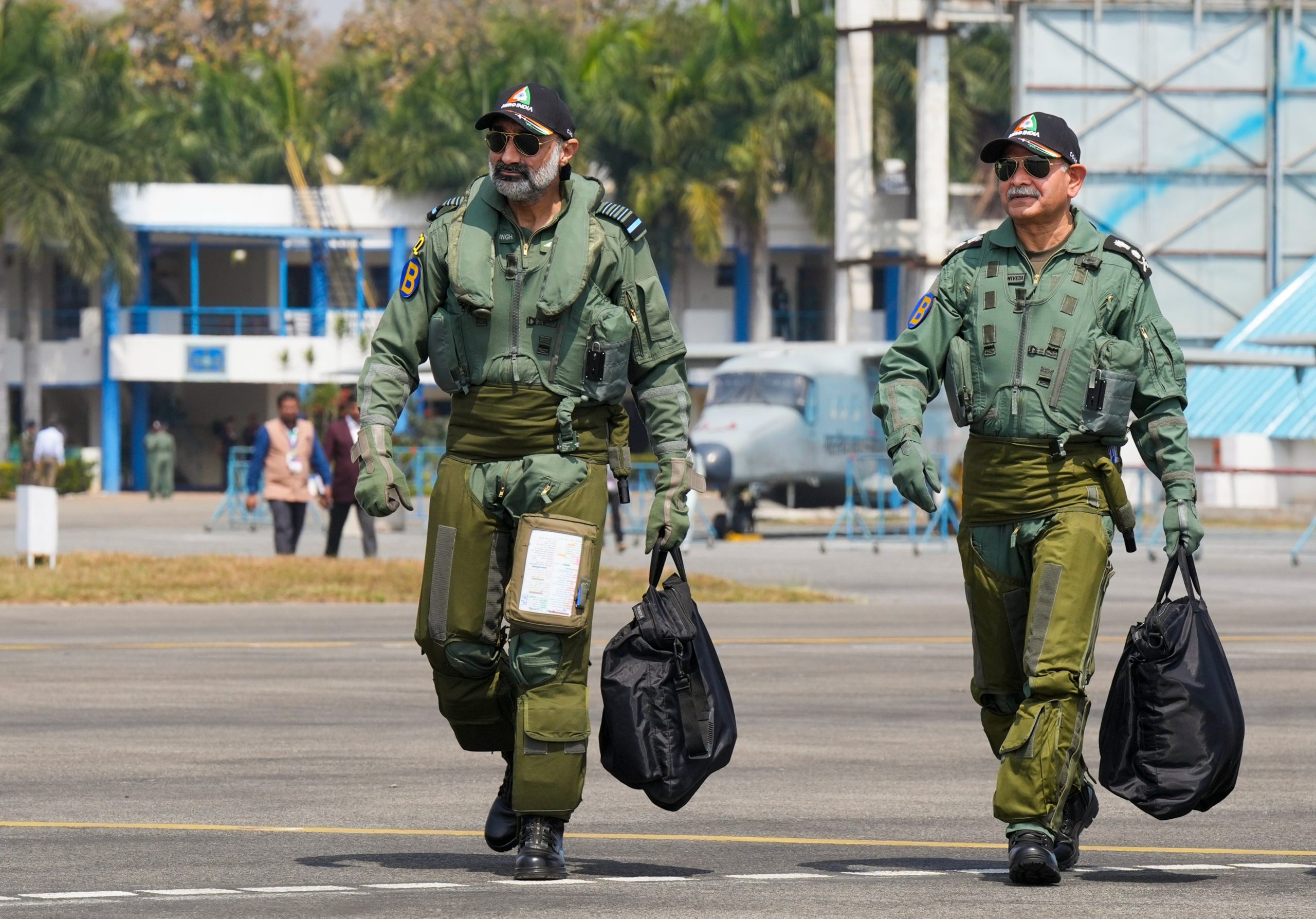60 Maruti Jimny SUVs Deployed for Extreme Border Patrol with ITBP
In a significant development for India’s border security forces, 60 units of the Maruti Suzuki Jimny have been officially handed…
Women Military Police Recruitment Drive at Ambala Cantt
The Western Command of the Indian Army has once again demonstrated its commitment to gender equality and empowerment by organizing…
IAF Junior Warrant Officer Loses Life After Parachute Fails to Open
In a tragic incident, Junior Warrant Officer (JWO) Manjunath GS of the Indian Air Force (IAF) lost his life during…
Lamp Lighting Ceremony of XI Batch Nursing Cadets Held at Army Hospital (Research & Referral)
The Lamp Lighting Ceremony of 29 Nursing Cadets from the XI Batch of the College of Nursing was held with…
USA Sending F-16, F-35, KC-135 and B-1 Bomber to Aero India 2025
For the 15th consecutive time, the United States proudly participates in Aero India 2025, Asia’s premier aerospace and defense trade…
Army and Air Force Chief Fly Tejas Together at Aero India 2025
In a landmark event at Aero India 2025, Indian Air Force Chief Air Chief Marshal (ACM) AP Singh and Army…

